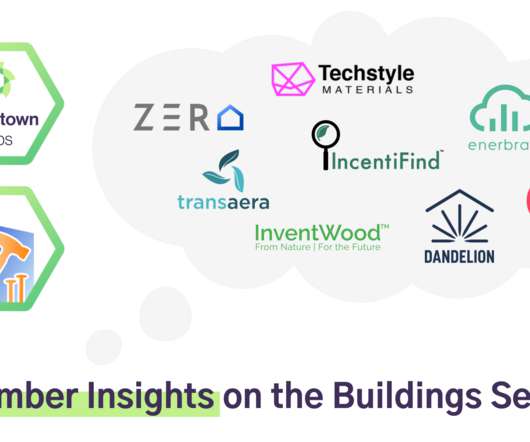3 Ways IoT can help reduce carbon emissions
Smart Energy International
JULY 27, 2022
Emily Newton, editor-in-chief of Revolutionized Magazine , writes on three use cases where the Internet of Things (IoT) is proving a useful instrument to help reduce carbon emissions. The growing IoT devices market could be a silver bullet for climate change. Smart home technology helps consumers go green.















Let's personalize your content